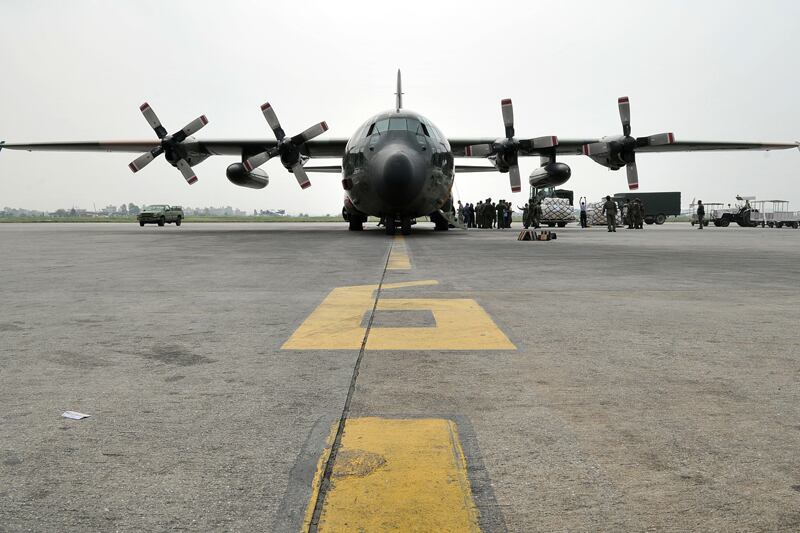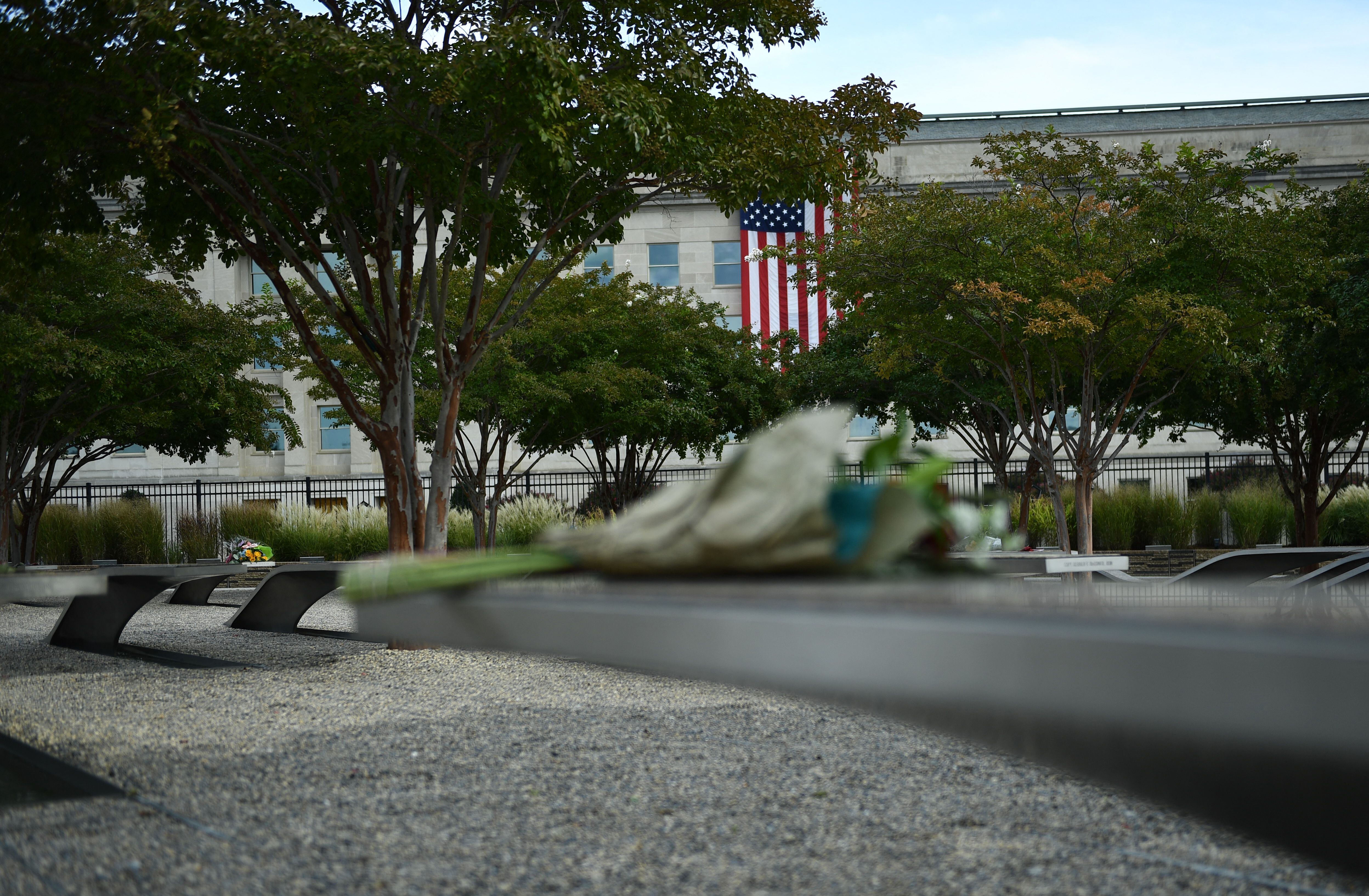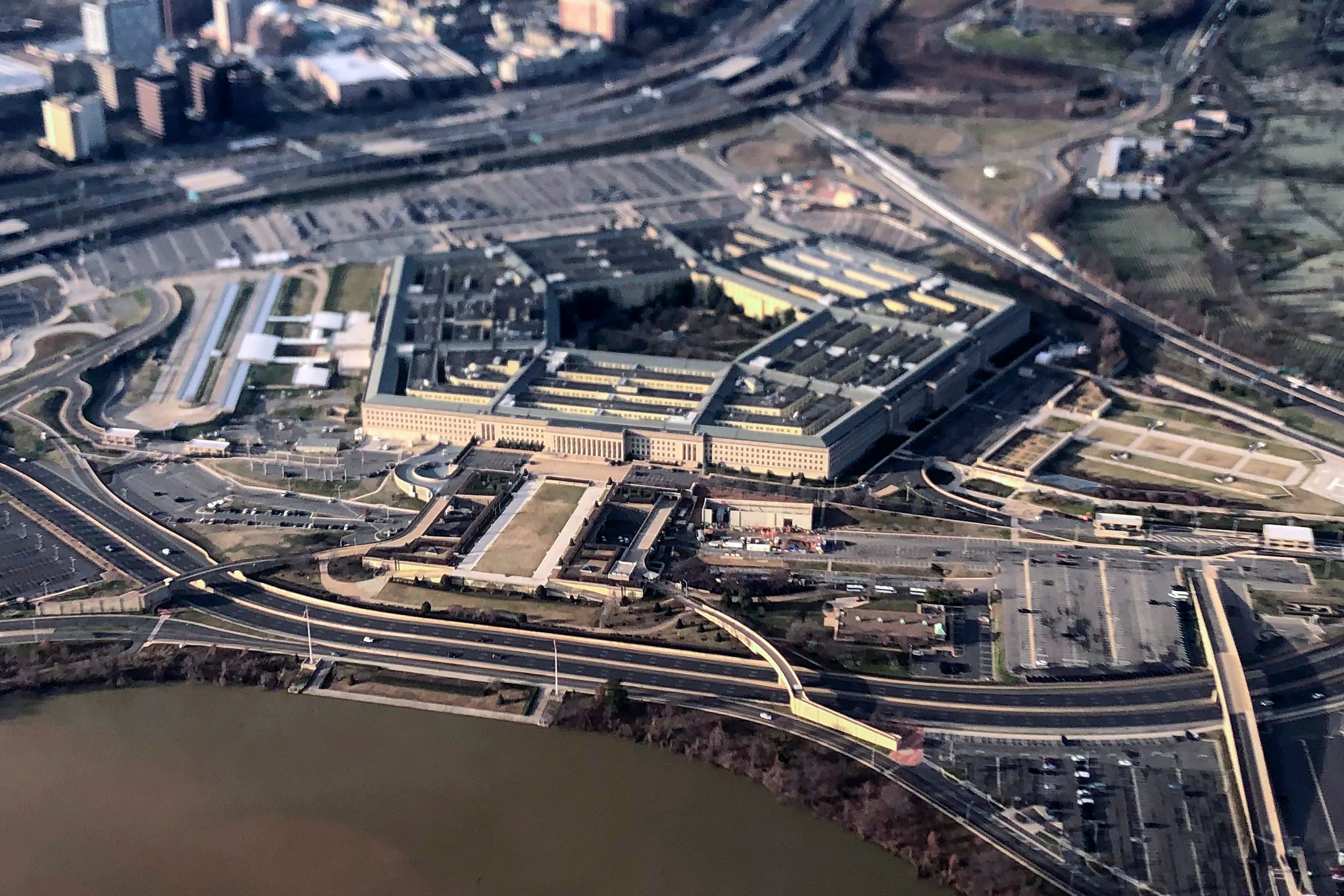All 192 airmen deployed for the Nepal mission, including some who were in Nepal, have been accounted for following the latest earthquake Tuesday, according to Col. David Honchul, Pacific Air Forces director of public affairs. No U.S. Air Force aircraft were in Nepal at the time, he said.
Meanwhile, six Marines are missing after a UH-1Y Venom helicopter disappeared while on a humanitarian support mission in a remote mountainous region in Nepal, a defense official said.
The magnitude-7.3 quake hit hardest in remote mountain districts northeast of the capital of Kathmandu, raising fatalities and injuries and terrifying a nation already shell-shocked by a more powerful quake on April 25 that killed more than 8,000 and flattened entire villages.
The 36th Contingency Response Group, under Joint Task Force-505, has been supporting Operation Sahayogi Haat at the Tribhuvan International Airport in Kathmandu since May 5. Over the weekend, airmen and Nepalese officials worked together to repair the runway. Honchul had no information on the status of the runway following Tuesday's quake.
As of Friday, the Air Force had conducted 44 airlift missions to deliver relief workers and emergency supplies to the country, according to Air Force figure released Monday. C-17s, C-130s and KC-135s had flown 226 total hours to transport 450 passengers and 320 tons of cargo for the joint operations.
On Saturday, airmen assigned to the 36th CRG, in cooperation with DHL contractors and the Nepalese Army, offloaded another 530,110 pounds of cargo and uploaded 7,000 pounds of cargo to 13 aircraft.

Nepalese army soldiers and U.S. Air Force 36th Contingency Response Group Airmen work with Republic of Singapore Air Force members to unload relief supplies from an RSAF C-130 Hercules on May 9 at the Tribhuvan International Airport in Kathmandu, Nepal.
Photo Credit: Staff Sgt. Melissa White/Air Force
While deployed to Nepal, the mission of the CRG is to help the Nepalese accelerate airfield operations and increase the capacity and speed of airlifted aid. On Saturday, the average ground time was approximately three hours and the average aircraft download time was 58 minutes, the Air Force said.
"Many of the world's natural disasters occur in the region and whether providing rapid global mobility or supporting the Contingency Response Group, Airmen have been able to not only provide relief but also reflect the values of our nation," Lt. Col. Chris Karns, chief of media operations for Secretary of the Air Force Public Affairs, said in an email. "This mission underpins a commitment to service and the ability and willingness to help others where needed.''
Also at U-Tapao Royal Thai Navy Airfield, Thailand, airmen, soldiers, sailors and Marines are monitoring satellite and radio communications with other Joint Task Force-505 components throughout the region to move aid smoothly in and out of Nepal.
"We've set up an intermediate staging base [at U-Tapao] that can help airpower and airlift, specifically U.S. Marine and Air Force air (capabilities), and rapidly move those unique capabilities in and out of Nepal," Air Force Brig. Gen. Michael Minihan, the JTF-505 Joint Air Component Coordination Element commander, said in a news release.
U.S. Pacific Command activated JTF-505 on May 1 to work closely with the State Department, U.S. Agency for International Development and other U.S. agencies to respond to requests from the government of Nepal.





